How to “Level Up” Your Garden
by Choosing the Right Seeds
by Tayler Jenkins
of Urban Farm University
Are you choosing the BEST seeds for your garden? How do you know? Is it because they’re organic, heirloom, or non-GMO?
What if I told you that you can grow fruits and veggies even more nutritious, delicious, and resilient than those from your favorite seed catalog… without spending a dime?
Join me as we embark on a journey to learn about seed labels, where seeds come from, and how you can use seeds to grow a garden that gets better every year.
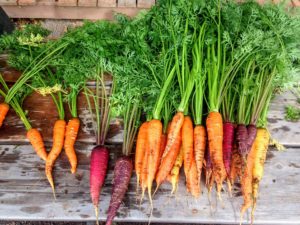
What do the labels on seed packets mean?
Open Pollinated: Most common seed type. Can be saved. Most plants are open pollinated if they aren’t labeled as F1 or hybrid.
Organic: Grown using USDA certified organic methods, which also means they are non-GMO.
F1 or Hybrid : Commercially produced seed varieties, created by natural pollination between two different parent plants which are “crossed” to create a new one showcasing the desired traits of each variety. Most people do not recommend saving these seeds because of genetic instability and instead purchase new ones each time (although Bill McDorman debunks this idea in his webinar Who Owns Our Seeds – see below).
Heirloom: Varieties, usually open-pollinated, that have been grown and passed down for years, protected from unintentional cross-breeding. Were more commonly grown before the introduction of commercial hybrid seeds in the 1950s.
While F1 or hybrid varieties may seem tempting, and sometimes have a place in the garden, most people believe that their high performance only lasts one generation and do not save the seeds.
Open pollinated seeds are more genetically diverse. In a time when 90% fewer seeds are planted today than 2 generations ago, preserving biodiversity in our seed supply is crucial for the future of our food. Both heirloom and open pollinated seeds have stood the test of time. Plus, choosing heirloom varieties introduces us to unique historical varieties.
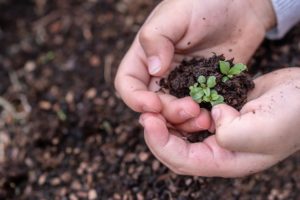
Where do our seeds come from?
Did you know that just 3 companies control 62% of all seeds, and more than half of our seeds are controlled by chemical corporations?
The truth is that, unless we’re saving our own (learn how), it’s not easy to know where our seeds are coming from.
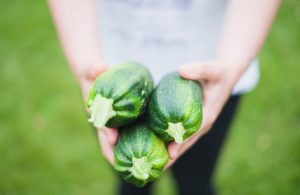
How Do I Choose the Best Seeds?
The state of seed ownership is sobering, but know that there ARE amazing organizations out there working hard to preserve seed diversity and local seeds. If you’re just starting your gardening journey, by all means, go out and choose your favorite seeds from the catalog of a small seed provider in your area.
But if you already have a garden… consider this before you buy more seeds: You might not have to.
If you are already growing a well-performing plant, instead of buying new seeds, you could use the seeds from your BEST plant this year to create your baseline crop for next year. For example, imagine the best, juiciest, most resilient tomato in your garden. You can save the seeds from THAT tomato to plant next season, so your entire crop of tomatoes is more like that one! When you do this for each planting season, you begin to cultivate a garden that is tailored to YOUR tastes, and more resilient to YOUR backyard’s unique conditions and challenges. You essentially “level up” your garden, even creating new varieties over time that you can exchange with other local gardeners.
You can have a garden that consistently produces delicious, resilient, healthy food that just keeps getting better and better!
If you feel excited by this concept but think it sounds too challenging or aren’t sure where to start, I feel you, and you are not alone.
If this sounds like you, I highly recommend checking out Urban Farm U’s free Seed Saving 101 Mini Course. It’s a 3-part course with Greg Peterson and Bill McDorman demystifying the process of saving seeds. It comes with worksheets as well as opportunities to continue your education.
If you must purchase seeds, you can certainly choose awesome local and heirloom varieties. Just consider these a starting place rather than and end goal, because even the best purchased seeds will only take you so far. When you save seeds from your own garden, your garden will begin to produce more abundance than you could have ever imagined.
It’s time to take control of our food and health, starting with our seeds.
Enroll in the free Seed Saving 101 Mini Course now.
UrbanFarm.org/level-up-your-garden
About this author:
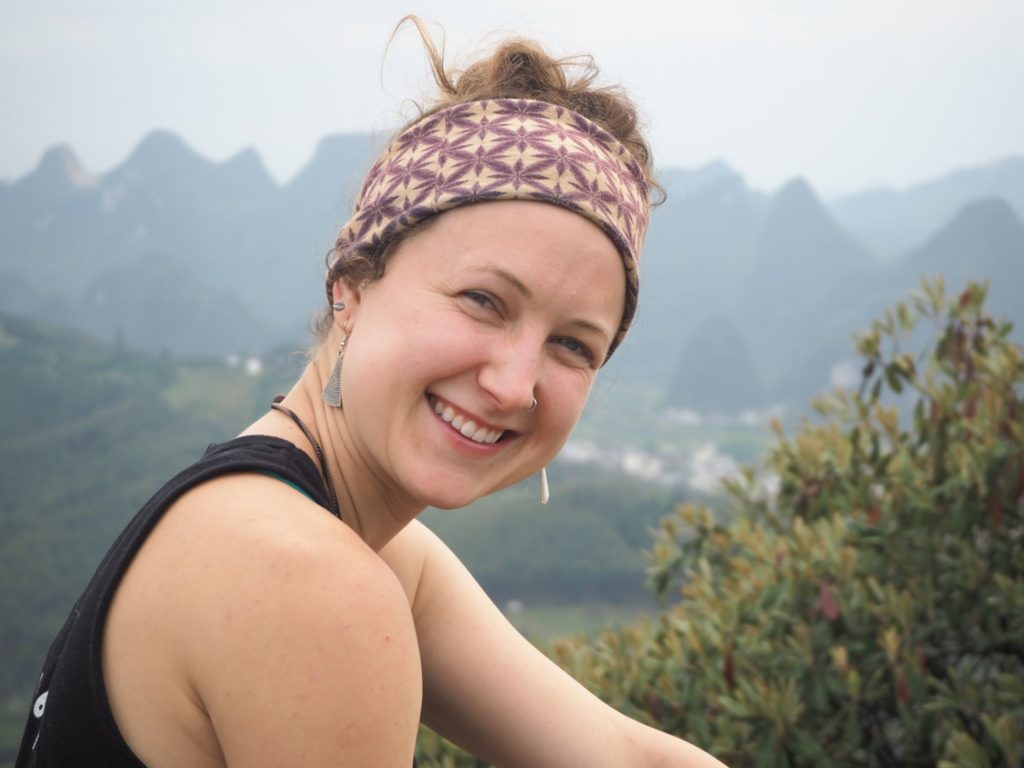 Tayler is the Operations Manager for Urban Farm U. An Arizona native living in Portland, Oregon, Tayler is a self-proclaimed “real foodie” interested in spreading education and awareness about healthy, ethical food. She loves to combine her interest in food systems with travel, and can’t seem to stay away from Asia, where she has spent time volunteering, living, and completing projects on farms in several countries. Tayler received her Bachelor of Science in Sustainability from Arizona State University in 2015.
Tayler is the Operations Manager for Urban Farm U. An Arizona native living in Portland, Oregon, Tayler is a self-proclaimed “real foodie” interested in spreading education and awareness about healthy, ethical food. She loves to combine her interest in food systems with travel, and can’t seem to stay away from Asia, where she has spent time volunteering, living, and completing projects on farms in several countries. Tayler received her Bachelor of Science in Sustainability from Arizona State University in 2015.


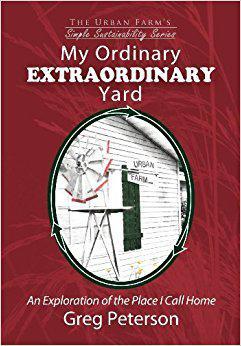
Great informative article. Is the webinar link still valid?
Hi Janie, the webinar has already happened and is no longer available for replay. If you’d like to be in the loop when we have similar events in the future, you can stay in the loop by signing up for the newsletter. Best, Tayler
Thanks for the informative post. I did not know that just 3 companies control 62% of all seeds. That is shocking.
Thanks for posting, you’re article really highlights the importance of keeping seeds and follow the old traditions. I remember my grandfather always grew heirloom varieties. always something different to the supermarket!
I want to level up my garden too. Thank you for sharing your insights in this article that all of us can follow. Keep sharing more valuable information and help other gardeners to grow their garden more beautiful.
I really needed this inspiration today as I so want to start my garden earlier next spring. I’m hoping to grow more cucumbers and tomatos. I’m thinking about building a greenhouse possibly so that I can grow more veggies and keep them protected from late frost.